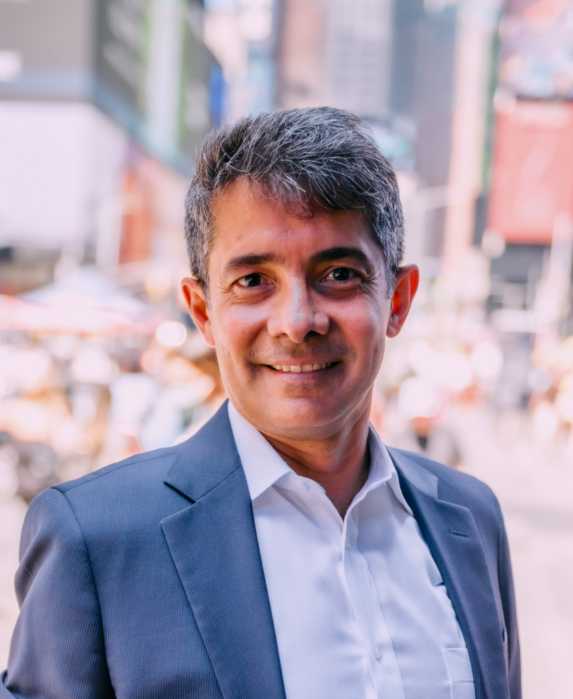No Taxation Without Representation! Sounds like a catchy slogan.
Well, last year there were more openly gay people at an Al-Qaeda conference than were members of Lower Manhattan’s Community Board One.
New York City’s Community Boards were created to extend democracy down to the grass roots level and increase community participation in municipal decision-making. It was the Community Board in Greenwich Village that recommended that the former Food & Maritime School on West 13th Street be removed from the auction block and be used only for a community facility, thus helping the GLBT Community Center come into existence.
Community Boards handle matters such as where street fairs are located, including the annual Gay Pride events each June.
Land-use issues such as using zoning to restrict “adult uses”––and thereby eliminate many GLBT establishments–– require the recommendation of a Community Board. Even though the Boards’ role is only advisory, they often serve as the impetus and “political cover” for many issues brought forward by the City Council.
There are 59 Community Boards in the City and each one has 50 unpaid appointed positions. On Community Board One, out of the 50 positions (25 appointed by the Borough President C. Virginia Fields and 25 by former City Councilmember Kathryn Freed) not one “out” member of the GLBT community was sitting on the Board on September 11, 2001.
This year the Borough President appointed at least one openly gay member (me), but I was told that our new City Councilperson (Alan Gerson) didn’t appoint any.
I would like to know if this is true.
Part of the problem is that more members of the GLBT community need to apply for these positions. You can get forms from your Borough President’s Office. I am urging readers to donate a few hours each month to help make recommendations on everything from “Quality of Life” issues to critiques of major new construction plans. Without the diversity of opinions and input that can come from the GLBT community, our local government cannot work properly on the issues that concern us.
For example, when the city uses zoning regulations to close down gay bookstores, do you think that others will really speak up? If permits are needed for more GLBT events, who do you think will lobby for them? The Community Board provides the infrastructure to make our voices heard.
We need to make sure that our elected officials appoint more GLBT members to the Boards, in addition to hosting “Pride Parties” each June to show their support for our community. And we need a way of monitoring if the GLBT community is actually being represented on the Boards.
I suggest that Gay City News print a chart of the number of open LGBT community board members on each of the 59 boards. Raising the question with elected officials of how many GLBT members they have appointed will surely focus them on appointing more in the future. The application gives the option of checking off if you are gay or lesbian.
Our GLBT political clubs should also be asking our friends on the City Council (and the Borough Presidents) if they would appoint more people from our community to the Boards.
Finally, such a chart would help the out members to know if there are other GLBT members on the Board. We shouldn’t have to count on our “gaydar” to gain support. We should be able to know who else is out there to stand up for issues that affect the community.
Rick Landman is a member of Community Board One in Lower Manhattan.































